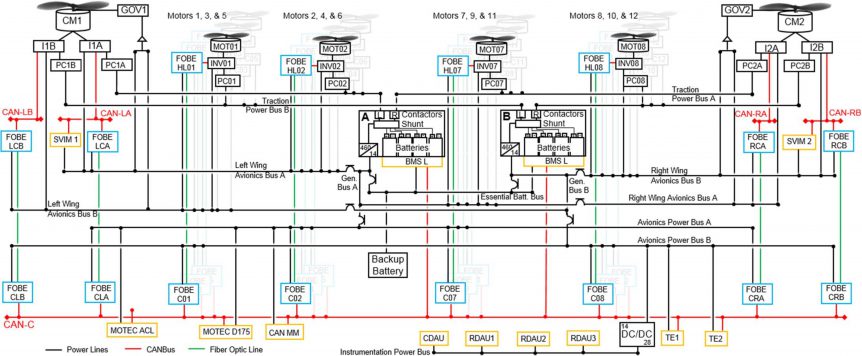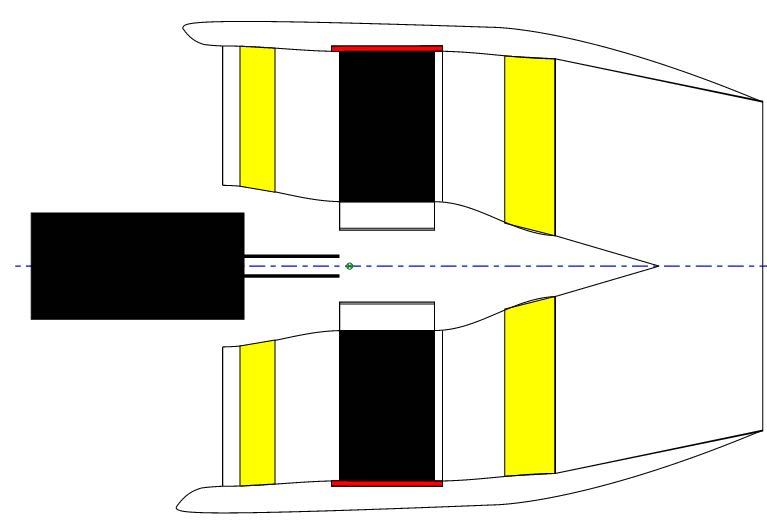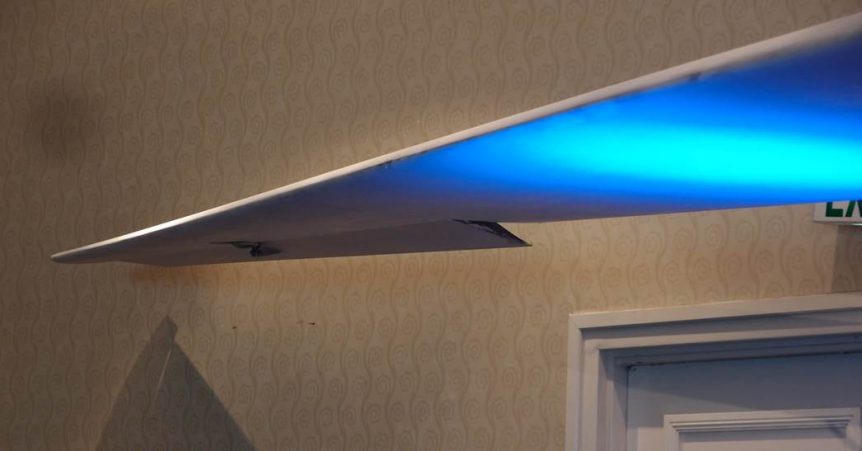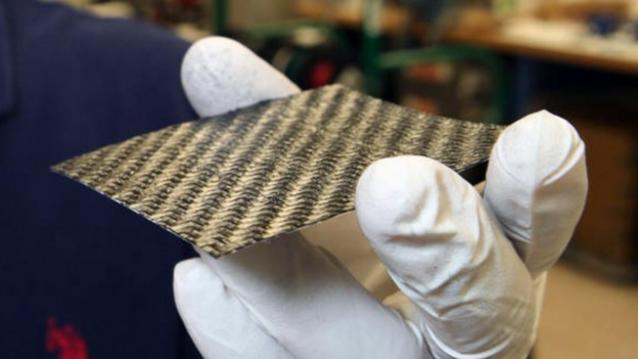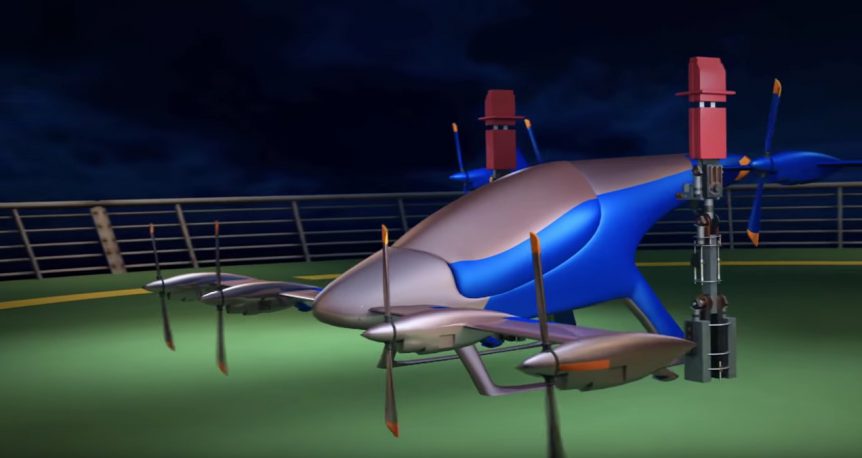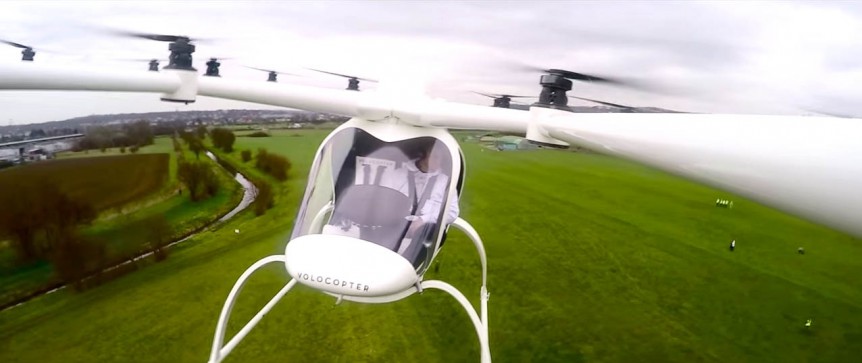NASA and several partner firms have been working on the X-57 Maxwell electric propulsion demonstrator for the past several years. It hasn’t been as easy as it looked at first. Encouragingly, NASA is sharing some of the hard lessons it has learned in the process, much like Elon Musk sharing many of his patents with the world. One of the hardest lessons involved the multiple battery packs, originally planned to be off-the-shelf units. A December 2016 test resulted in a thermal runaway, a situation in which one cell that overheats can self-destruct and cause adjacent cells to follow suit. This, as we’ve seen in Dreamliner incidents, can be dangerous and potentially deadly. Such fires are exceedingly well reported, with any Tesla incident overwhelming the press, which ignores the 174,000 car fires reported by the National Fire Protection Association in 2015, which resulted in 415 deaths and $1.2 billion in property damage. Electrified aviation will be even more critically examined if electric …
Doing More with Less – BLI on a Big Scale
Hybrid and electric cars sell because they lower operating costs for the owner. Designers and manufacturers sort out ways to increase efficiency, including streamlining, using low-rolling-resistance tires, and making structures lighter. An added technology, boundary layer ingestion (BLI) may add to aircraft efficiency. NASA and industry leaders are working on equivalent solutions for aircraft, and airplanes will end up as different from today’s designs as Toyota Priuses and BMW i3s are from Ford Falcons or Chevrolet Corvettes. NASA proclaims, “An aviation renaissance, one focused on energy efficiency and economic impact, is on the horizon, and it’s changing how engineers look at aircraft power and design.” Jim Heidmann, a manager of NASA’s Advanced Air Transport Technology Project (AATT), says, “I feel we are at a tipping point in commercial aviation. We are exploring and developing game-changing technologies and concepts for aircraft and propulsion systems that can dramatically improve efficiency and reduce environmental impact and accelerate the introduction of new aircraft.” Think of …
An Image of the Future at the 2017 Sustainable Aviation Symposium
The Seeleys and SA board members did themselves proud for this year’s Sustainable Aviation Symposium. Your editor visited the grand ballroom in the San Francisco Bay Pullman Hotel the night before the meeting was to take place. All the tables, chairs and stage were in place, but the room was otherwise bare. Early next morning, your editor trudged downstairs again, to be met with an astonishing sight. At the back of the ballroom, a pair of exotic geometric shapes glowed in blue and green lighting. Somehow, a 50-foot wing and substantial streamlined shape had materialized overnight. Already, attendees were peering up at the extremely twisted tips of the wings and trying to analyze what they saw before them. Aspirational Geometries These elements comprise a pairing of what may be the two lowest-drag objects in aviaton. Their goemetic purity evoke those kind of aspirational feelings reportedly felt by attendees at the 1939 World’s Fair when they saw the Trylon and Perisphere …
CubeSats, Airplanes Made of Batteries?
Dr. Luke Roberson, Dr. Ryan Karkkainen, and Dr. Xiangyang Zhou are now collaborating on “Creating a structural battery material [that] could revolutionize the way NASA operates small payloads.” Batteries now take up 20 to 35 percent of the volume in some CubeSats, 10 centimeters (3.97 inches) ×10 cm. × 11.35 cm (4.47 inches) cubes, as the name implies. Each CubeSat can weight up to 1.33 kilograms (2.93 pounds). Normally made of aluminum, CubeSats carry batteries for communication, storing energy collected from solar cells on their host vehicles, or powering sensors, cameras, and providing environmental norms for science experiments they carry. Obviously, their small size dictates using every square centimeter wisely. Replacing their inert walls with a structural battery could free up invaluable space that would allow “researchers to perform more science,” according to Roberson. Roberson is a senior principal investigator for Flight Research within the Exploration Research and Technology Directorate at NASA’s Kennedy Space Center in Florida. He collaborates with …
NASA’s Mark Moore Joins Uber
You must really be somebody when Fortune Magazine notices you’re taking a new job. Mark Moore is indeed somebody, and remarkably self-confident in leaving a 30-year NASA career to sign on to a startup – even if it is run by Uber. He will be Director of Aviation for the on-demand ride company, tackling the problems inherent in taking such services into the third dimension. His decade-long work in electric propulsion for aircraft has led him to conceive of some interesting possibilities for Personal Air Vehicles, a term he engaged early. His Puffin vertical takeoff and landing vehicle, for instance, seemed to use elements of Lockheed’s XFV-1 Pogo and Aerovironment’s Sky Tote – both tail sitters. Ben Rich’s book, Skunk Works, details the problems pilots “faced” while trying to land the Pogo on its tail lying on their backs and looking straight up. Moore’s design allowed the pilot to take off and land while standing upright, and then transitioning to …
Hybrid Aircraft – Several Empowering Possibilities
While we wait (with increasing patience or impatience depending on our personalities) for the next round of battery developments to make pure electric airplanes a reality, hybrid possibilities abound. The definition of “hybrid” might not be as coherent as those used for automobiles. Some “hybrids in this entry allow extended letdowns following a primary engine failure. In that case, the added electric motor/generator gives extra minutes to find a safe landing space. While both motor and primary engine are operational, the system acts much like an automotive hybrid system, both motor and engine combining outputs for added power, or the electrical portion recharging batteries while the engine maintains cruise power. Some are more like automotive serial systems, an engine-driven generator charging batteries which power the propulsion motor. Pipistrel, though the Hypstair project, has a 200-kilowatt (268-horsepower) unit ready for test flights in 2017, according to Tine Tomazic, Director of Research and Development. Several Flying Now Several years ago, Flight Design …
Sustainable Aviation Symposium 2016: Would You Believe Eric Darcy Deliberately Blows Up Batteries?
Eric Darcy is NASA’s go-to guy for battery safety. He is Battery Group Lead for Projects & Integration at NASA-Johnson Space Center in Houston, Texas, and consults frequently with the National Renewable Energy Laboratory in Colorado. His talk at the First Sustainable Aviation Symposium was titled, “Passively Thermal Runaway Propagation Resistant Battery Module That Achieves > 190 WH/KG.” The output may not sound like much, being at the middle-to-high end of lithium battery performance: but the promise of passive thermal runaway resistance is all-important. Remember, too, that larger output numbers are usually for individual cells. Putting cells into a battery pack with battery management system (BMS) components, wiring, etc. usually reduces overall performance per weight. A few years ago, Dr. Darcy told his table at lunch during a symposium, that by matching batteries closely (to a fanatical degree, it seemed), overseeing their production under conditions exceeding six sigma quality control levels, and testing them intensely, he had built battery packs for space …
NASA Rethinks X Planes
In your editor’s childhood and youth, X Planes were all premised on speed, Chuck Yeager breaking the sound barrier in 1947 in the Bell X-1 when your editor was five years old (do the math). Movies that filled screens in those days featured test pilots as steely-jawed, fearless protagonists beating back the awesome forces in the sky. Frequent news stories and breathlessly narrated newsreels, and later television news captured the imagination with items about going higher, faster, and farther. NASA is bringing back the X-plane, but emphasizing quiet, efficient, clean and practical goals. NASA’s own description of the programs shows a turn toward green aviation in our future. “Goals include showcasing how airliners can burn half the fuel and generate 75 percent less pollution during each flight as compared to now, while also being much quieter than today’s jets – perhaps even when flying supersonic.” We still feel the need for speed, but responsibly. While the X-1 was a product …
It Flies Hands Free! Could It Be Intel Inside?
e-volo’s Volocopter VC200 made its first “manned” flight on March 30, 2016, with managing director Alexander Zosel maintaining control for a few minutes, and then letting the 18-rotor vehicle find its own way. He held both hands out the side door for several seconds to show the Volocopter was flying itself – and quite stably in hover at that. He repeated the hands-off approach later in the flight. Zosel lightly held the single control stick in the machine, controlling vertical motion through thumb movement on the video-game-type controller, lateral motion by twisting the control stick, and banking by tilting the control stick. It all seems intuitive and well harmonized. The videos show the flight and its happy aftermath. Unlike conventional helicopters that require both hands and both feet on the controls, usually in subtle motions that resemble Ringo Starr or Buddy Rich at their best, the single control stick in the VC200 is, according to all concerned, pretty intuitive. How long …
The Sustainable Aviation Symposium – A Wealth of Knowledge
Coming May 6th and 7th, the first-ever Sustainable Aviation Symposium will take place at the Sofitel San Francisco Bay Hotel. This year’s presenters include an international array of accomplished talent in aerodynamics, power, and energy storage, with a few surprises on tap. Keynote speakers include: NASA Chief Scientist Dennis Bushnell PADA Trophy winner and Pipistrel Designer Dr. Tine Tomazic Dr. Joseph Kallo of the DLR (Germany’s NASA) Lehigh University’s Dr. Justin Jaworski Pelican Aero Group’s Philip Barnes Additional presentations include Nobel Prize winner Dr. Benjamin Santer of the Intergovernmental Panel on Climate Change; Eric Raymond, the highest time solar pilot in the world (his latest 6-seat solar aircraft pictured above); Dr. Yi Cui of Stanford University with the latest in battery technology, Dr. Daniel P. Raymer on Inspirations from the Vought 173 and PADA Trophy winner Boris Popov, whose ballistic parachutes have saved hundreds of lives. Another dozen, including NASA battery expert Dr. Eric Darcy and Siemens e-Aircraft head Dr. Frank …

